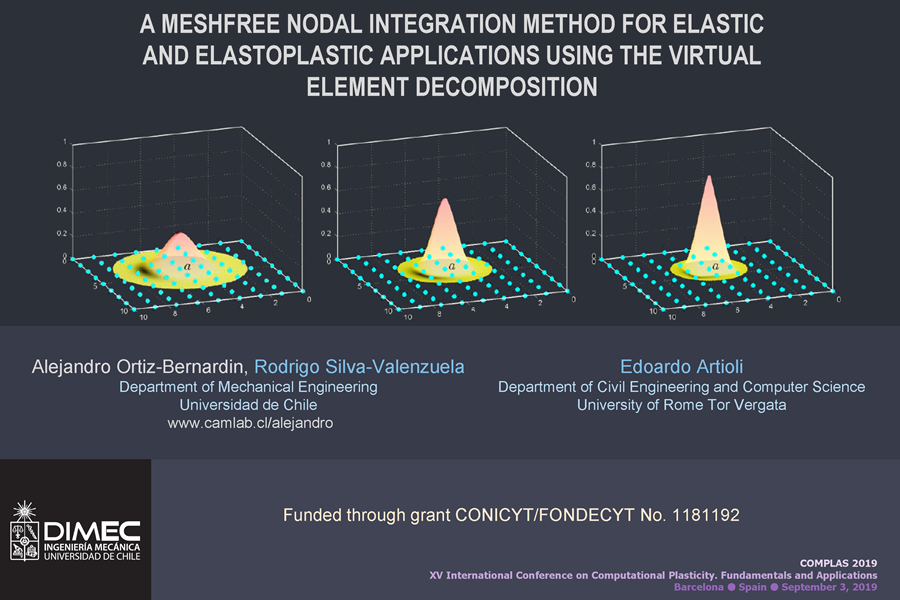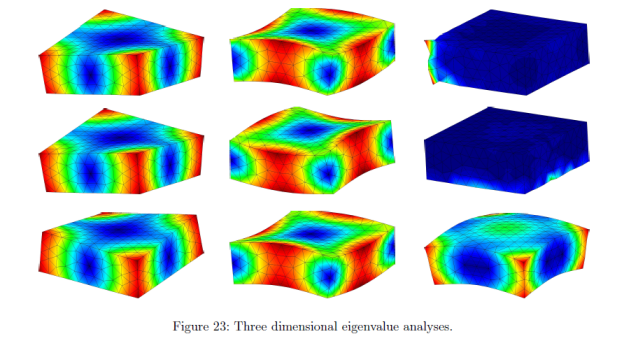Talk: A Meshfree Nodal Integration Method for Elastic and Elastoplastic Applications Using The Virtual Element Decomposition
On September 3, 2019, in Barcelona, Spain, Professor A. Ortiz-Bernardin gave a talk at COMPLAS 2019 regarding a combination between meshfree nodal integration techniques and the virtual element method with
Read More »



